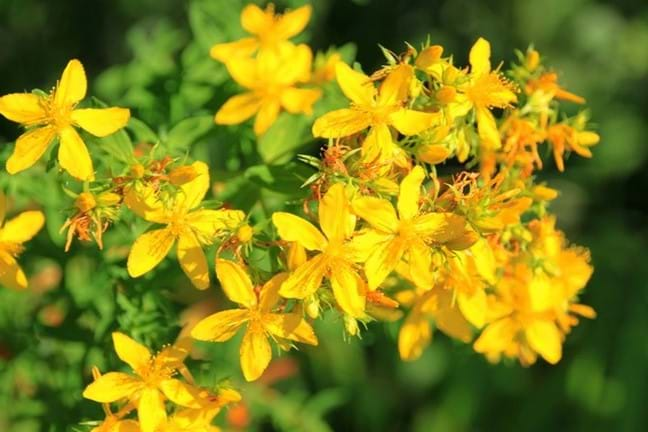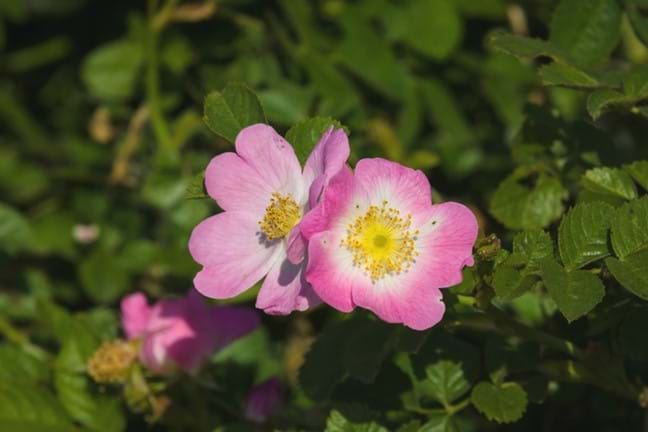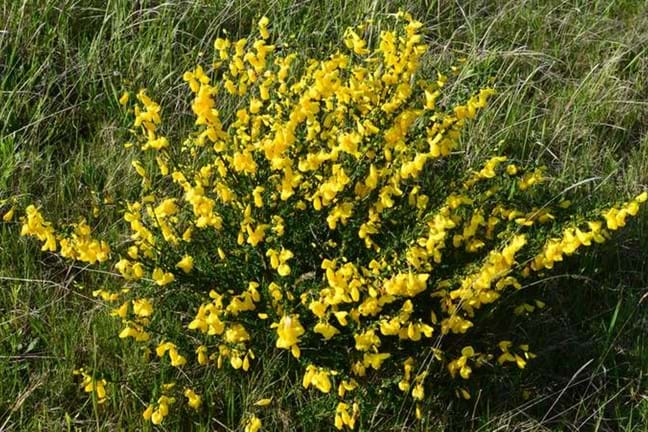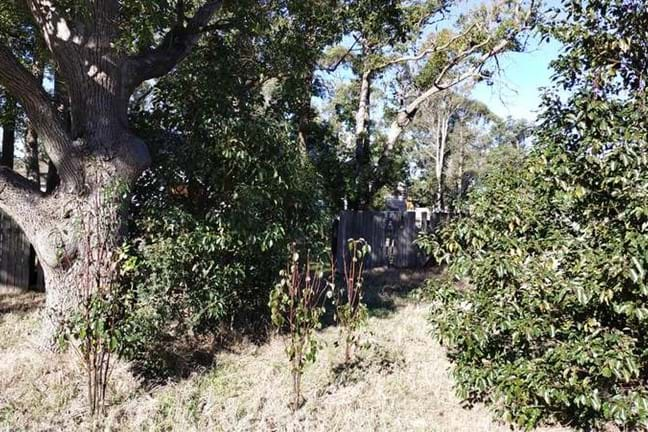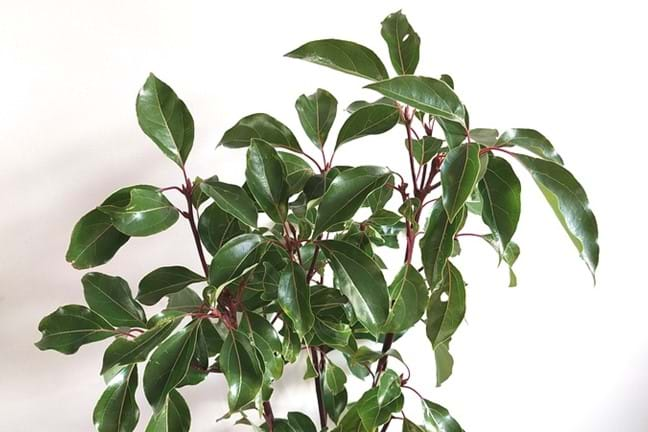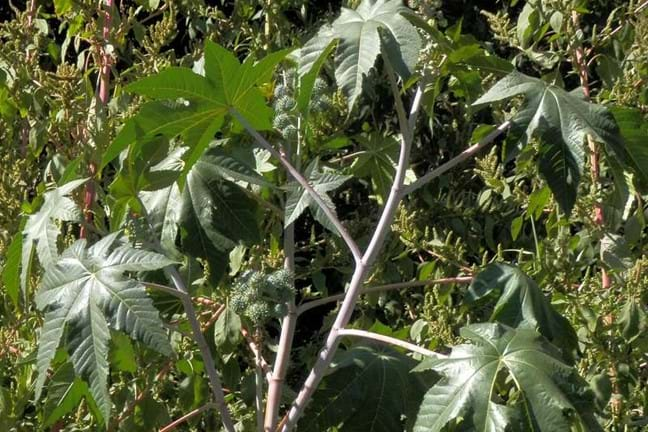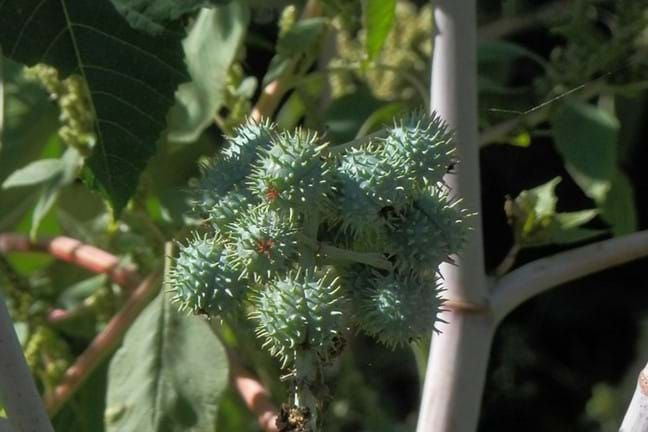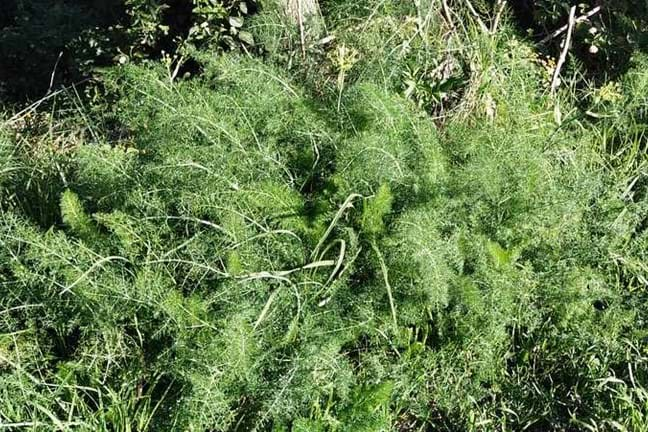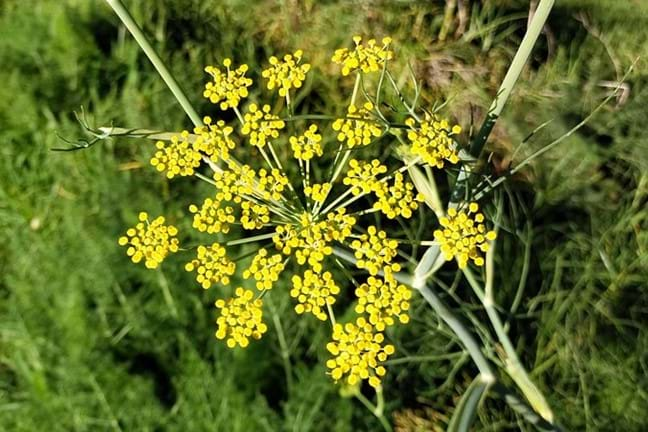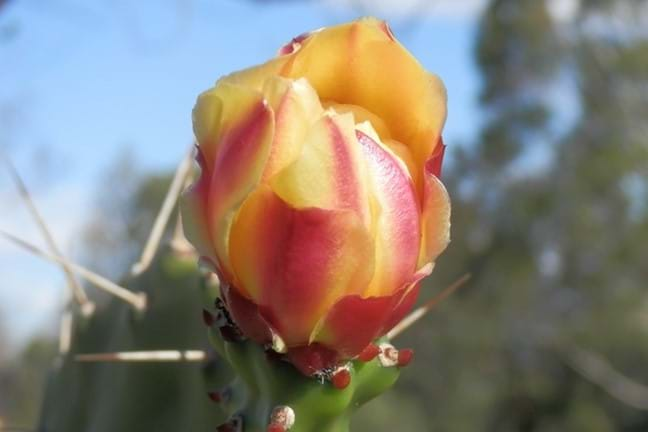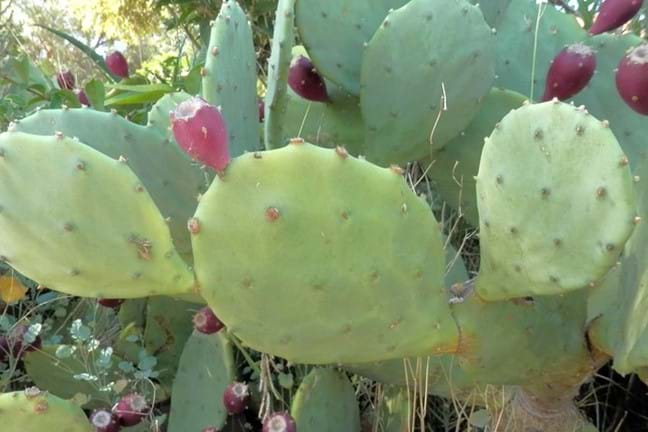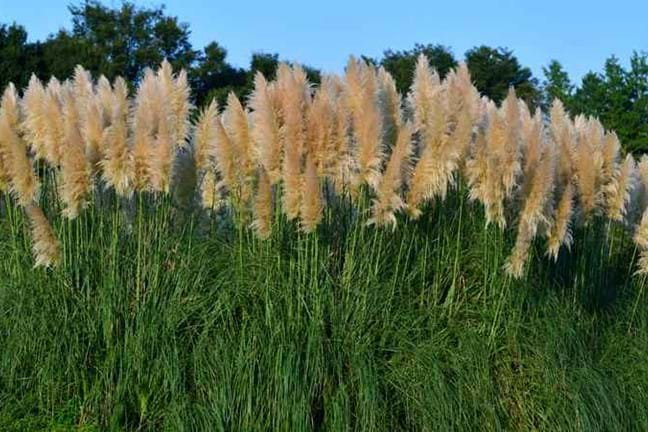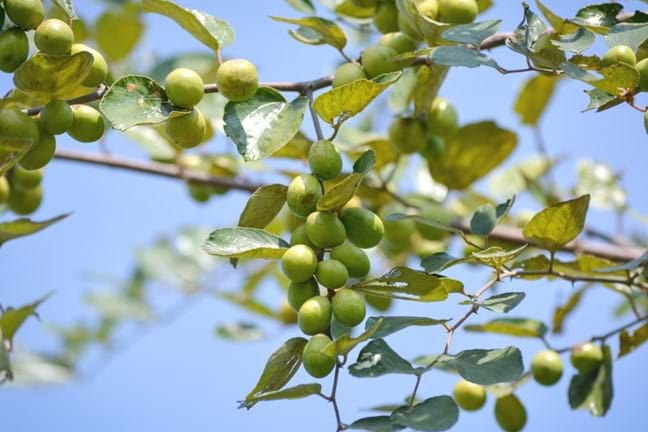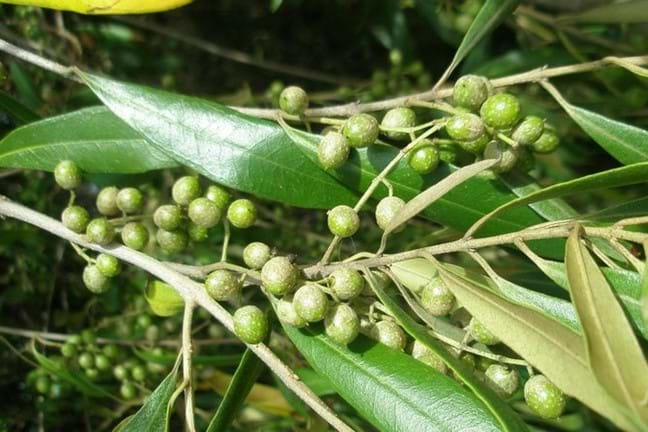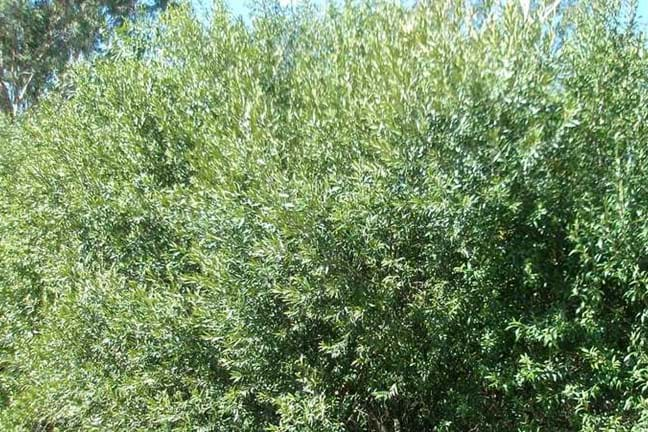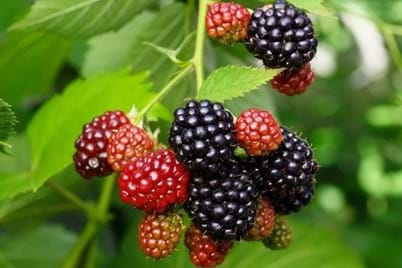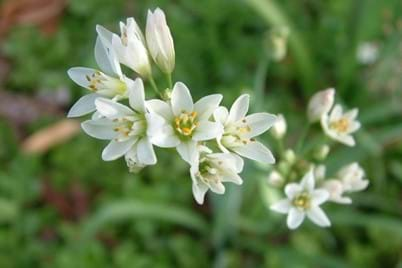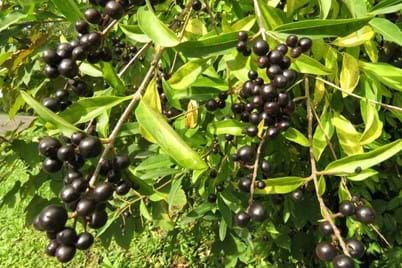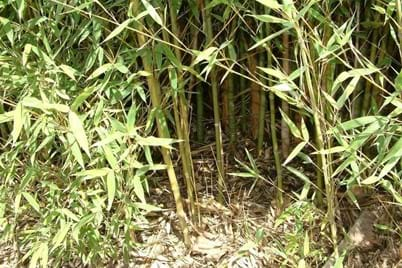English broom, also known as Scotch broom, is an invasive woody weed that readily establishes in pastures, native grasslands, woodlands, and disturbed sites. Native to Europe, English broom was introduced to Australia in the 1800s as an ornamental hedge. It soon naturalised and is predominately found in the areas with high rainfall but is also capable of establishing in drier conditions. It is a declared Weed of National Significance.
English broom is a medium-sized multi-branched woody perennial shrub that can grow up to 3 m tall. The green brown stems are prominently ridged and are covered with small trifoliate or three-leaved leaves, with the centre leaflet longer than the outer two. They are usually covered in woolly grey hairs, giving the plant a silvery appearance. Bright yellow pea-shaped flowers grow in dense clusters on the ends of branches and can usually be seen from late winter to late spring but can also occur at the end of summer and into autumn.
The fruit is a flattened green pod with grey-silver hairs along the edges. The pod ages to black and is filled with 6-18 seeds that are explosively ejected up to 3 m away from the mother plant, and can be further distributed by water, machinery, animals and humans. Up to 6,000 seeds can be dispersed by one plant and they readily germinate after any soil disturbance, such as fire or grazing. They can also remain viable in the soil for up to 10 years.
Areas Impacted
- Crops and pastures
- Roadsides
- Native bushland
- Disturbed sites
How to Control English Broom
Spray actively growing plants with Yates Tree & Black Berry Killer. Avoid spraying bushes carrying mature fruit. Regrowth and seedlings may require repeat sprays, particularly after any soil disturbance.
Yates Products to Control English Broom
Yates Tree & Black Berry Killer, Yates Ultra Tough Heavy Duty Weedkiller Ready To Use Spray

